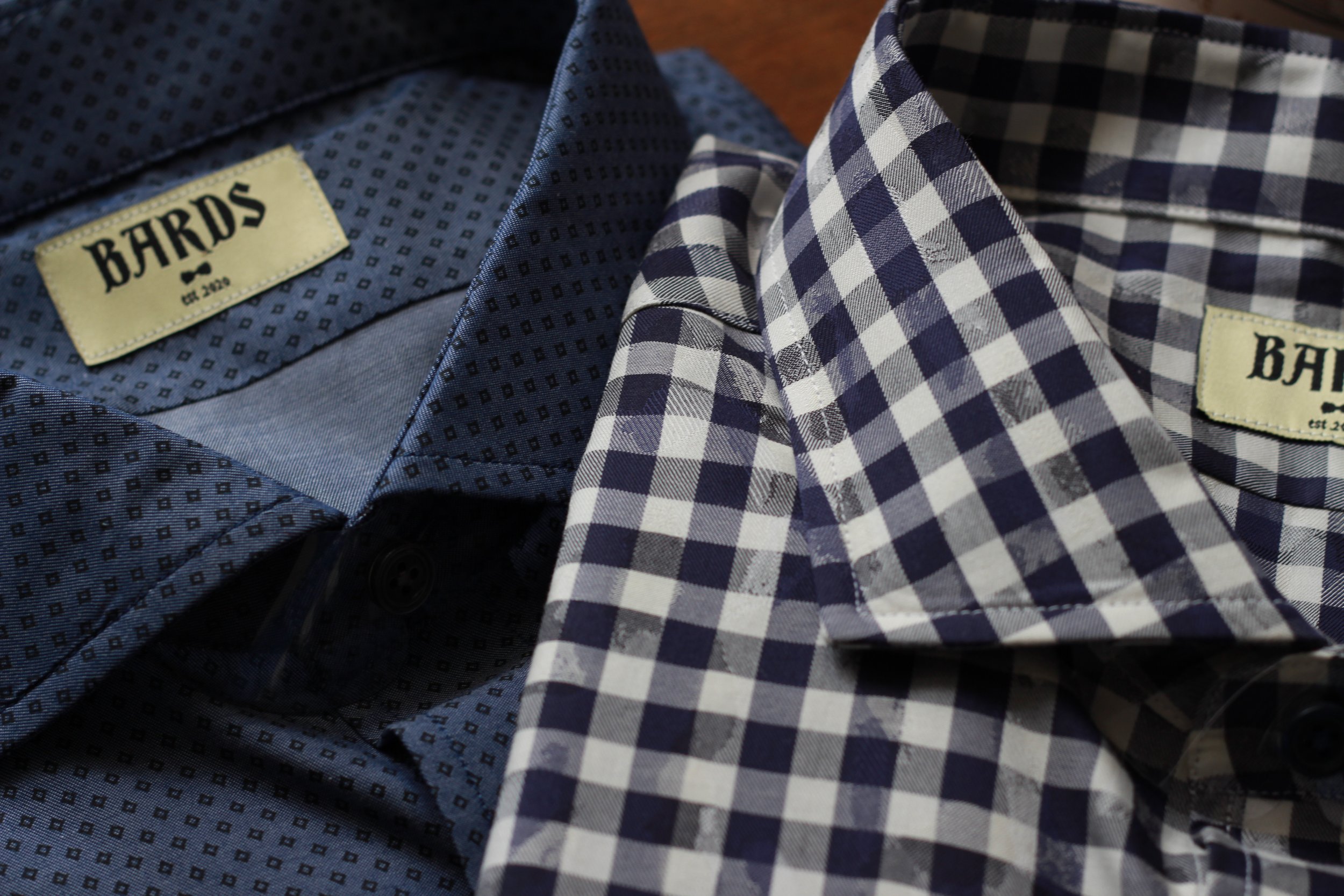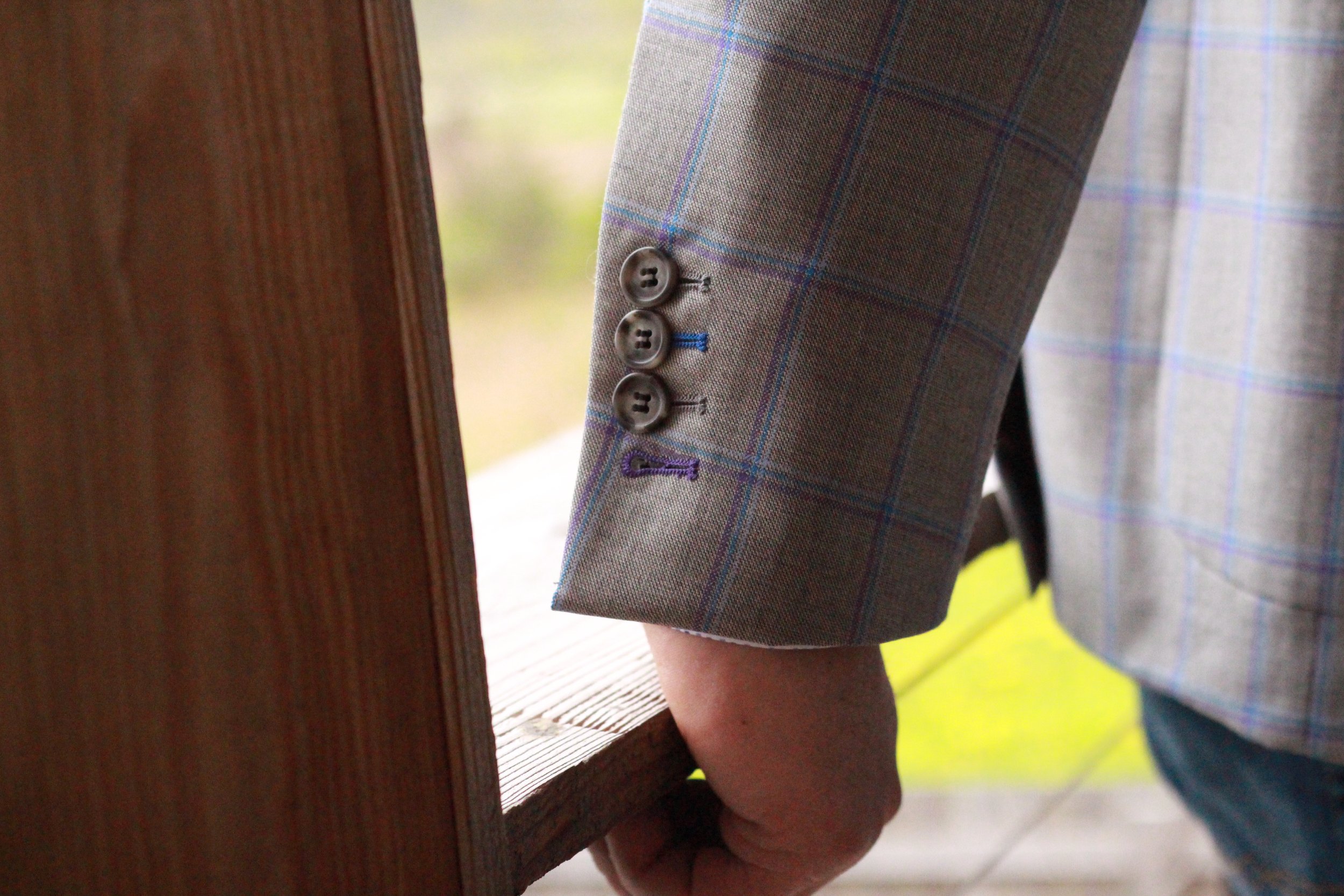Price V. Cost V. Value
Price, cost, and value are three distinct concepts that are often confused when it comes to clothing. Price is the amount of money that a buyer pays for a garment, while cost is the amount of money that a seller spends to produce and sell that garment. Value is the perceived worth of a garment to the buyer, which can be influenced by a variety of factors, including quality, brand, style, and personal preference.
Price
Price is the most objective of the three concepts, as it is simply the amount of money that is charged for a garment. However, price can be a poor indicator of quality or value. For example, a high-priced garment may be made of low-quality materials or poorly constructed, while a low-priced garment may be made of high-quality materials and well-constructed. This is essentially how China became a powerhouse. 60 years ago you could walk down the street and see the people making your garments. You understood why the price was X. Now, it’s all behind curtains and closed doors. You are just taking peoples word on the piece, and unfortunately, there is a lot of shady business practices out there.
Cost
Cost is also an objective concept, as it refers to the actual expenses incurred by a seller to produce and sell a garment. These costs may include the cost of raw materials, labor, transportation, and marketing. However, cost is not always a good indicator of value either. For example, a garment that is made in a country with low labor costs may be less expensive to produce, but it may also be of lower quality. This is where Bards stepped in with a moral standing, making all garments in America.
We understand that cost is a two way street: we have the cost of our materials, labor and expertise. You have the cost of the work put in to earn the money to spend how you see fit. We don’t take this exchange lightly. Now, “Made in America”, does not automatically make it a far superior garment or style, but it does knock out a lot of the competition. Our goal was support a local economy, regain trust in the process by transparency, and to slow down the machine of fashion.
Value
Value is the most subjective of the three concepts, as it is based on the individual buyer's perception of worth. For some buyers, value may be determined by the quality of the garment, while for others, it may be determined by the brand or style. Some buyers may value a garment that is made of sustainable materials, while others may value a garment that is unique or fashionable.
Value is where I find the most interest. I talk a lot with my clients about Need v Want. From a hunter-gatherer-survival perspective, no one NEEDS a $350 button down shirt, they want it. There are the few clients I have who are on stage, or have to impression people, and they need this clothing to help them achieve those goals. I have interestingly found out there is another need, it’s simply the need to know the clothing works. I have clients who truly don’t care about fashion or style, but they know the importance of a good impression. They pay more for the service, to know that when they get dressed it all looks good even if they don’t care. I enjoy taking my clients on the journey of need v want, because at the beginning nobody needs a $350 shirt, but by the end, the lifestyle they have created…becomes a need.
When it comes to clothing, it is important to consider all three of these concepts when making a purchase decision. Price can be a good starting point, but it should not be the only factor that is considered. Buyers should also consider the cost and value of a garment before making a purchase.
Here are some tips for finding clothing that is good value:
Consider your needs and wants. What type of clothing do you need for your lifestyle? What styles and colors do you like?
Do your research. Read reviews of different brands and retailers before you buy.
Compare prices. Shop around to see what different brands offer for similar price points.
Look for quality construction. Pay attention to the stitching, fabric, and overall quality of the garment, ask questions.
Consider the cost per wear. Think about how often you will wear the garment and how long it will last.
It is also important to remember that value is not always about getting the cheapest price. Sometimes, it is worth paying a bit more for a garment that is made of high-quality materials, well-constructed, and will last a long time.




